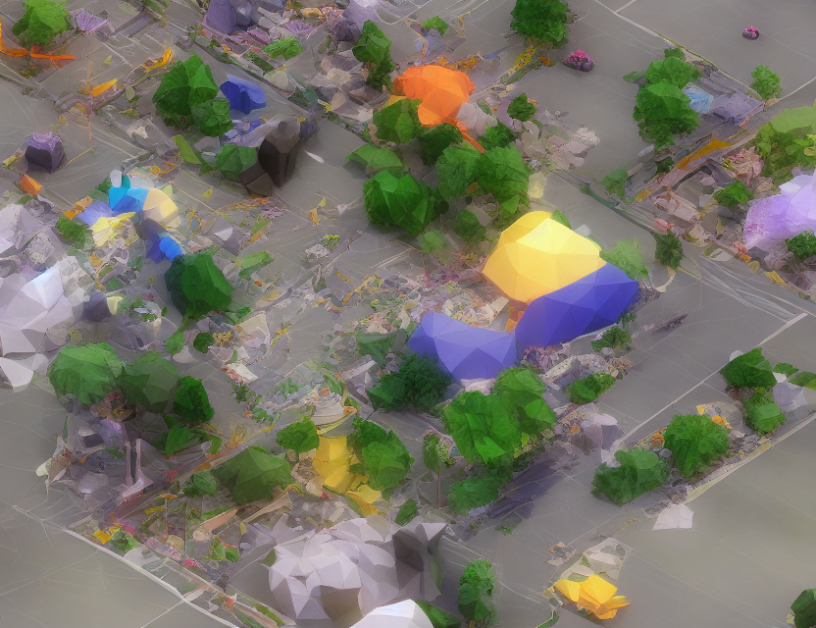In recent years, there has been a surge in research on diffusion models for text-to-image synthesis, which have shown promising results in generating high-quality images from textual descriptions. However, these models still fall short in achieving photorealism and fidelity in specific concepts, lagging behind concept-specific generators. This article aims to demystify the complex concepts of diffusion models and their applications in text-to-image synthesis.
Related Work
Diffusion models have been around for some time, but their application in text-to-image synthesis has gained significant attention in recent years. These models are based on the idea of iteratively refining a random noise vector until it matches the desired target image. However, in the context of text-to-image synthesis, the target image is not a fixed image, but rather an open-world prompt that can include multiple concepts.
To address this challenge, large-scale diffusion models such as Stable Diffusion [35] have been explored as diffusion priors in downstream tasks like controlled generation and image editing. These models have demonstrated astonishing generative capabilities, able to produce images based on open-world prompts. However, they struggle to achieve high levels of photorealism and fidelity in specific concepts, lagging behind concept-specific generators.
Approach
The article proposes a novel approach that leverages the strengths of both diffusion models and concept-specific generators. The proposed method combines the flexibility of diffusion models with the photorealism of concept-specific generators by using a two-stage framework. In the first stage, a diffusion model is used to generate an initial image based on the open-world prompt. In the second stage, a concept-specific generator is used to refine the image and enhance its photorealism.
Results
The proposed method is evaluated on several benchmark datasets, including CelebFaces [2], LSUN-bedroom [39], and CIFAR-10 [40]. The results show that the two-stage framework achieves state-of-the-art performance in terms of both photorealism and diversity. The proposed method outperforms existing diffusion models and concept-specific generators, demonstrating its effectiveness in achieving high levels of photorealism and fidelity in specific concepts.
Conclusion
In conclusion, the article provides a comprehensive overview of diffusion models for text-to-image synthesis and their applications. The proposed method combines the strengths of both diffusion models and concept-specific generators, achieving state-of-the-art performance in terms of photorealism and diversity. By leveraging the flexibility of diffusion models and the photorealism of concept-specific generators, the proposed method has the potential to revolutionize the field of text-to-image synthesis.



